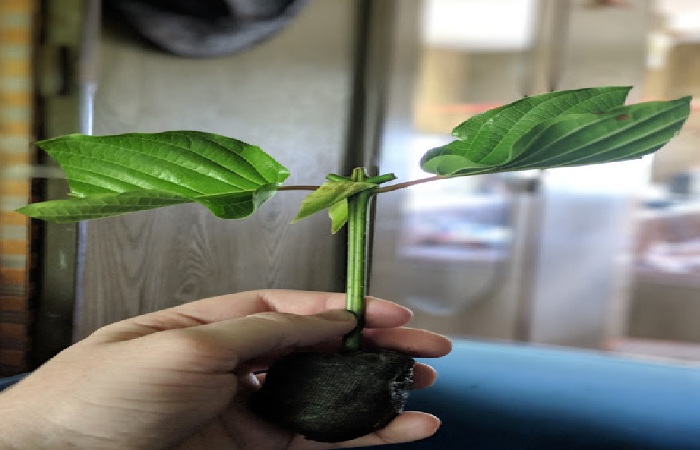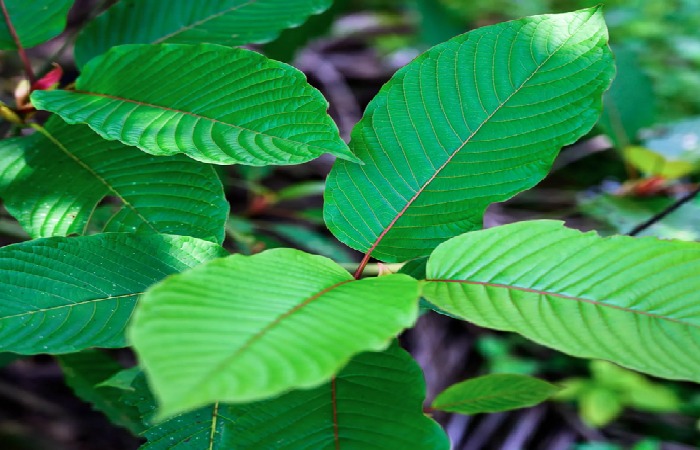Many kratom users want to become more self-sufficient and produce their plants. So they’ve looked into various methods, including kratom cuttings and seedlings. In this Article In we will discuss cuttings—what they are and how to grow plants from them.
This tropical native tree may grow to massive heights in its natural environment. However, it must be shielded from the cold in colder locations, which means it will most likely be cultivated in a container. Unless you have a lot of area, this will stop it from reaching its maximum height, which is generally a good thing.
It may also be treated as a houseplant, taken within during the fall and winter and left outdoors during the spring and summer.
Kratom have many health advantages. It’s fantastic to start your morning with powerful white Borneo kratom since it provides several advantages and keeps you energized.
Table of Contents
How Do I Grow a Kratom Plant?
Kratom plants are notorious for being difficult to grow. Seeds or cuttings can be used to start them, although both have low success rates. Only with proper understanding can you easily grow a kratom plant at home.
Kratom Cuttings: The Ultimate Guide

Let us move on and understand everything related to kratom cuttings:
What Are Kratom Cuttings and How Do They Work?
A leaf or a twig might be used as a cutting. It’s a living tree that’s been chopped down. Seedlings have a higher chance of surviving than these cuts.
It’s mostly because they’ve already sprouted and provided you a higher chance of really rooting a plant.
Because these cuttings do not arrive with roots, you will need to take special care to ensure they root before planting. We’ll show you how to root your kratom cuttings in the sections below.
Can Kratom Cuttings Be Rooted?

Roots will not be included with the cuttings. As a result, you’ll need to put them in a bag with peat moss or rich soil.
Make sure it’s damp but not soggy because you don’t want fungus to grow. Seal the bag and keep your plant away from direct sunshine until it roots.
How to Plant Kratom Cuttings Correctly
If not correctly cared for, cuttings can become as challenging as seedlings. We’ll go through how to correctly plant your kratom cuttings and grow them into a plant in the stages below. These procedures will let you cultivate kratom effectively without worrying about germination.
STEP 1: Soak your cutting in water.
Many individuals may put their cuttings in a zipped bag to keep the humidity in as they try to root them. However, humidity is beneficial to these tropical plants, which may be achieved using a plastic bag.
Be cautious, as fungus thrives in this warm, wet environment. This will stifle the growth of your plant.
The cutting should be taken out of the bag and placed in a pot with nutrient-rich soil once the roots are ready.
How Often Do You Need to Water Kratom Cuttings?
You’ll need to check on your cutting every day.
The soil should not be too wet or dry. It should also not be excessively wet. Just make sure that the soil is wet.
This will ensure that there is sufficient moisture for the kratom cutting to grow.
Advice on How to Cultivate Kratom by Cutting
There are a few elements that are critical to kratom’s development. First, you must provide it with the proper environment to thrive.
Tropical weather, a lot of precipitation, sunlight, and rich soil are required for this. Below are some suggestions to help you get the most out of your kratom cutting experience.
- Allow your cutting to root before exposing it to direct sunshine.
- A cutting takes around three weeks to establish roots.
- Artificial illumination will aid in the rapid rooting of your cutting.
- Slowly bring it into contact with the sunshine.
- Ensure that your plant receives appropriate water daily.
- Once the roots have established themselves, carefully plant them in rich soil.
- Gradually lower the humidity level of the cutting. For any plant, transitioning from a bag to an air temperature may be challenging.
- If you’re growing kratom inside, a humidifier can help you create a tropical atmosphere.
- It is recommended that you cover your plant until its roots.
Cuttings are especially tough since they frequently succumb to disease or fail to establish roots. Place each cutting in a moistened pot filled with peat moss or growth media and seal it within a plastic bag, keeping it out of direct sunlight until roots appear.
Then, after a few weeks of opening the bag to acclimate the plant to decreased humidity, remove it and place it in direct sunshine.
Kratom plant maintenance isn’t complex, despite the plants being heavy feeders. They require lush, fertile soil that is high in nitrogen.
Unlike most plants you’ll cultivate, Kratoms don’t need much drainage. They are drought-susceptible and, in most situations, cannot be overwatered.
Conclusion
Purchasing a fully established kratom tree from the most reputable sellers gives you the best chance of receiving a kratom plant that will live.
Merchants retain mother trees from which they take cuttings to deliver them. They deal with spreading them at that moment.
They make the young plants available for purchase once fully grown and around 8-12 inches tall. You may even receive detailed instructions from your plant on the most effective way to provide the most delicate opportunity circumstances for it to thrive.

